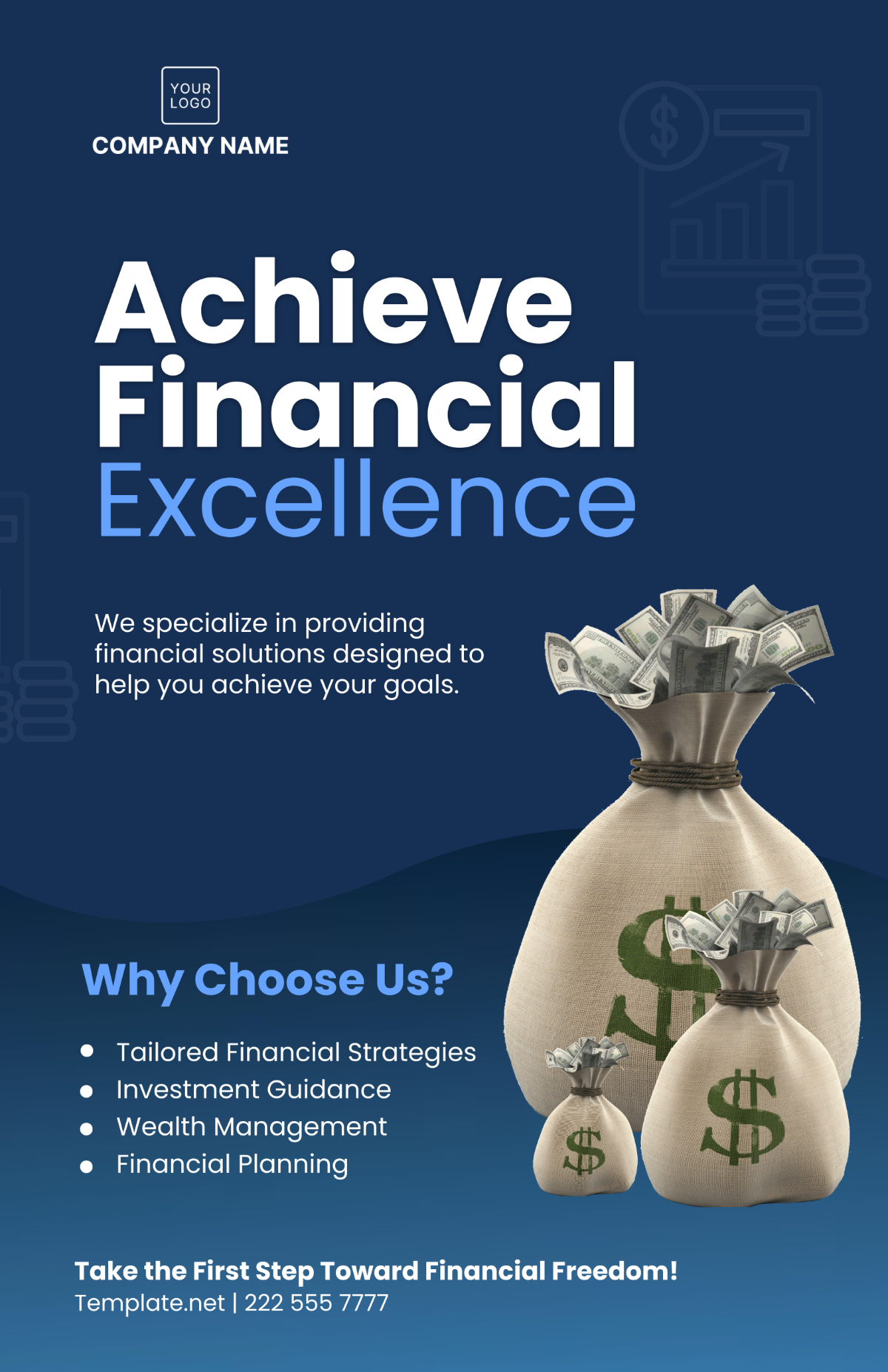Free Financial Advisor Feasibility Study
Evaluate the potential of your financial advisory services with this Financial Advisor Feasibility Study Template. This customizable and editable template provides a detailed framework for analyzing market trends, financial projections, and risks. Fully editable in our Ai Editor Tool, you can adjust each section to meet your specific requirements, ensuring an accurate assessment at Template.net.






























